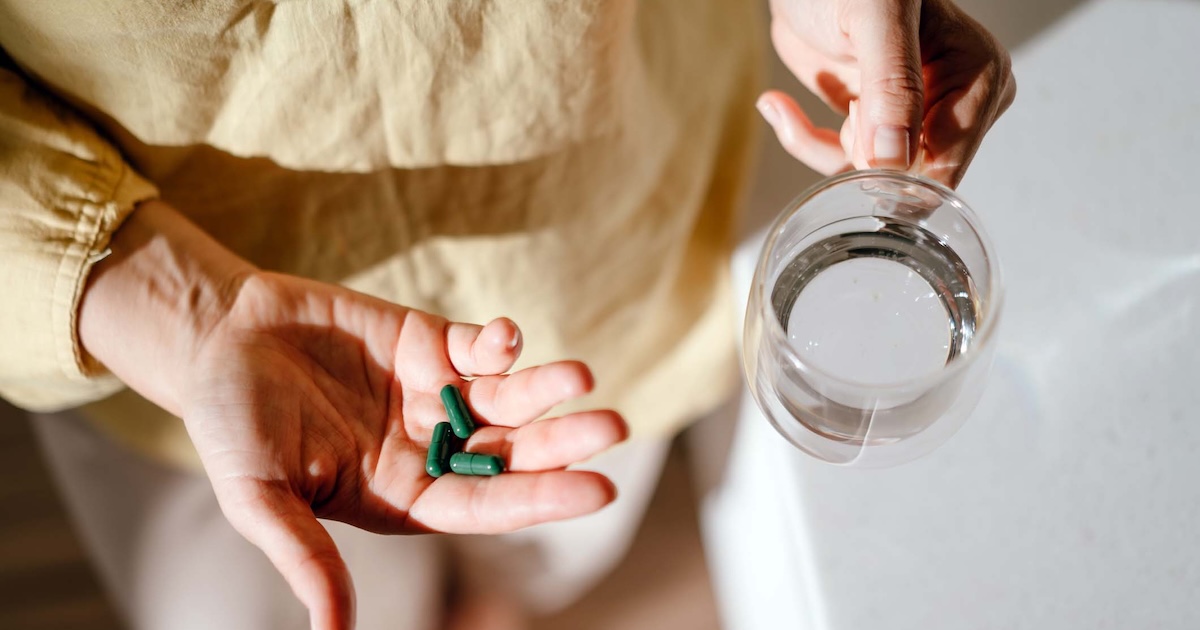By Jonah Comstock and Brian Dolan
Self-tracking, self-monitoring, and using smartphone peripherals to encourage health habits are emerging as big themes at this year's CES, getting coverage not just in the tech press, but also in mainstream outlets like CNN and the Wall Street Journal. While the big companies focus on filling in holes in their product lines and staying competitive with one another, smaller companies are looking for entirely new niches to fill. Here are more than 15 consumer health gadgets generating buzz in Las Vegas this week.

Following the lead of Nike Fuelband and the re-launched Jawbone UP, Fitbit is embracing the growing popularity of the bracelet form-factor, while keeping the tracker inside very similar to the Fitbit One.
“We’re aware that there is no ‘one size fits all’ option in fitness, so Fitbit wants to offer the widest variety on the market,” James Park, CEO and co-founder of Fitbit said in a statement. ”When we saw that we could bring our knowledge to a wristband format done right, we had to create the new Flex.”
![]() Withings Smart Activity Tracker
Withings Smart Activity Tracker
The size and shape of Withing's new activity tracker has invited some comparisons to Fitbit, which released a smart scale to rival Withing's core product at last year's CES. But Withing's tracker has a few tricks up its sleeve, including a built-in heart rate monitor and a touchscreen.

BodyMedia's Core 2 Armband and Vue Patch
BodyMedia CEO Chris Robins says the company has no intention of abandoning their upper-arm form factor. But with the new Core 2, the company has taken steps to make that factor more comfortable and more fashionable. In addition, the company re-announced the Vue Patch (pronounced "view patch"), a peel-and-stick disposable tracker with most of the same sensors as the durable version. The Core 2 is also completely waterproof.

iHealth's Smart Gluco-Monitoring System and Pulse Oximeter
Two new wireless devices from iHealth, still awaiting FDA clearance, measure blood glucose level and blood oxygenation, respectively. Both sleek, wireless devices sync with the same iHealth MyVitals iOS app as iHealth's existing products -- blood pressure monitors and connected weight scales.
Medical device maker Masimo's first consumer product, a smartphone-enable pulse oximeter aimed at climbers and pilots, was announced back in December, but has still garnered attention on the show floor thanks to a booth branded for the device alone. The iSPO2 measures pulse, blood oxygenation, and perfusion index with the same technology as Masimo's physician-facing devices.
 Fitbug Orb
Fitbug Orb
While the $100 or more activity trackers duke it out, UK company Fitbug's small tracker is making headlines for its $50 price tag. The device, which can be worn in seven different ways on the body, tracks activity and sleep and syncs via Bluetooth with iOS devices and the Samsung SIII.
 Salutron SmartHealth C200 and C400
Salutron SmartHealth C200 and C400
Salutron's wristworn "physiological monitors" boast heart rate, calorie, and step tracking, and store all the activity data inside the device, which has a screen from which users can view a week's worth of records. The C400, due out in May, will add Bluetooth connectivity and smartphone compatibility.
 Spree
Spree
Startup Spree Sports claims the other activity trackers on the market are missing a key metric: body temperature. Spree combines that measurement with heart rate and activity tracking in a unique form factor: a headband. The company is currently raising funds for the product on Indiegogo.
 PerformTek iriver ON
PerformTek iriver ON
The long wait for Best Buy-backed Valencell to launch its earbud-embedded biometric sensing technology is almost over: The mobile fitness tech company announced a partnership with South Korean audio company iriver to create the iriver ON, a Bluetooth headset integrated with Valencell's PerformTek biometric sensors. The device will measure heart rate, distance, and speed while resting in the user's ears like typical earbuds.
 Fitlinxx Pebble
Fitlinxx Pebble
Fitlinxx isn't marketing their clip-on tracker to consumers directly, but rather to employers as part of a wellness program. At CES they announced a partnership with Joseph Kvedar's new health empowerment company Wellocracy, which will make Pebble trackers available to its members. The device syncs automatically and wirelessly, is waterproof, and displays progress toward activity goals on a light-up display.
 Pebble Watch
Pebble Watch
Not to be confused with the FitLinxx device of the same name, the Pebble Watch was a KickStarter sensation -- a wristworn computer that can run apps like a smartphone. In May, Pebble tapped fitness app RunKeeper as its first partner. After months of delays the company finally announced during a well-attended press conference at CES that its watch will ship on January 23rd, but RunKeeper support won't kick in until March.

Mio Alpha
The Mio Alpha watch continuously monitors heart rate through an optical sensor and displays it in real time. Marketed to athletes, the watch raised three times it's $100,000 goal on Kickstarter in August.
Singapore-based Zensorium unveiled Tinke at last year's CES. At that point the company was a little vague on the pulse oximeter's use case. Now they seem to be marketing it as a stress detector, which quantifies your stress level into a "zen index."

The wristworn Basis Band, which tracks heart rate in addition to activity, using an optical sensor, announced its long-delayed commercial launch at the end of November. The tracker's big news at CES is an Android companion app, due out in March.

ibitz PowerKey and ibitz Unity
GeoPalz family suite of ibitz trackers measure the activity of the whole family. The kids' data is transmitted into gamified apps where they have an avatar character and physical activity can unlock levels or prizes. For parents, the appeal is having all of the family's data in the same app, where they can set up group accountability.

InterAxon Muse
One of the stranger devices announced at this year's show, the InterAxon Muse monitors your brainwaves and transmits the readings to your smartphone. The company's first app for the hardware is a "brain training" software designed to help people gain more control over their thoughts and emotions. The device will sell for $199 when it launches this year.
The Beam Brush, an FDA-cleared, app-enabled toothbrush that tracks how much its used and uses gamified elements to promote better hygeine, launched commercially on Monday. The company is a member of the Rock Health accelerator.

HAPIfork
From Hong Kong-based HAPILabs, the HAPIfork is a fork with embedded sensors and a Bluetooth transmitter. The fork "knows" when you're eating too fast, and vibrates to alert you, as well as sending notifications to a companion app. The theory is that if you eat too fast, it takes longer to realize you're full, so you might eat too much. Given the novelty, based on booth traffic and number of TV camera crews hovering at the HAPIfork booth throughout the first few days of the event, this looks to be the most high profile health-related device launch at CES this year.





